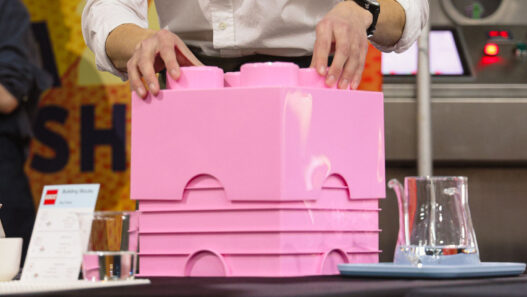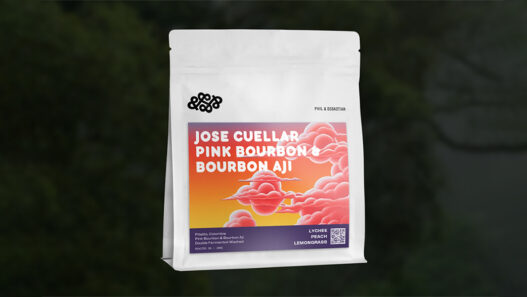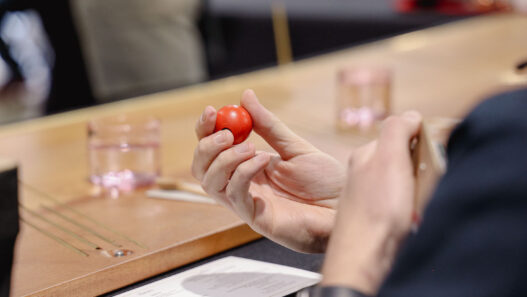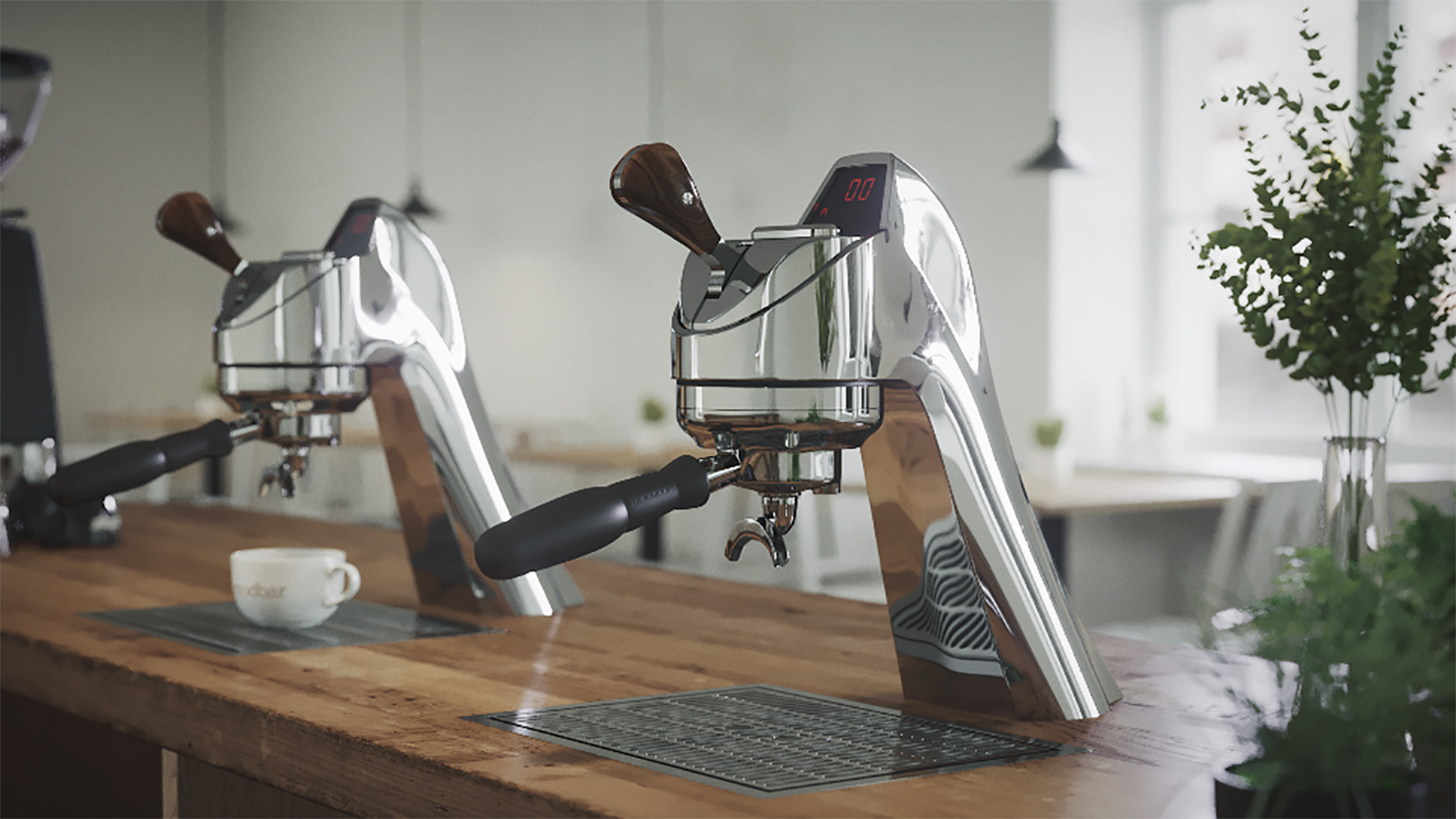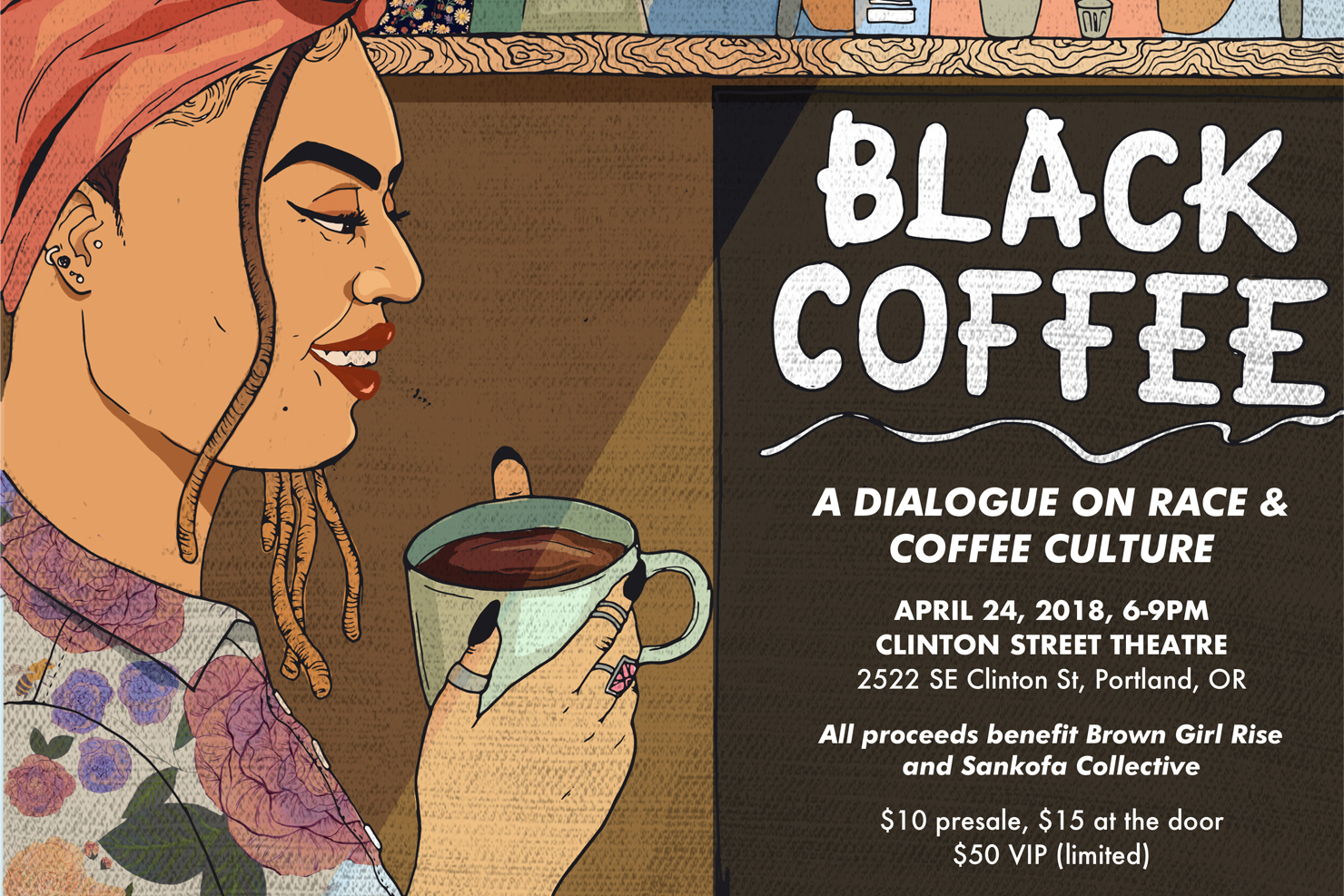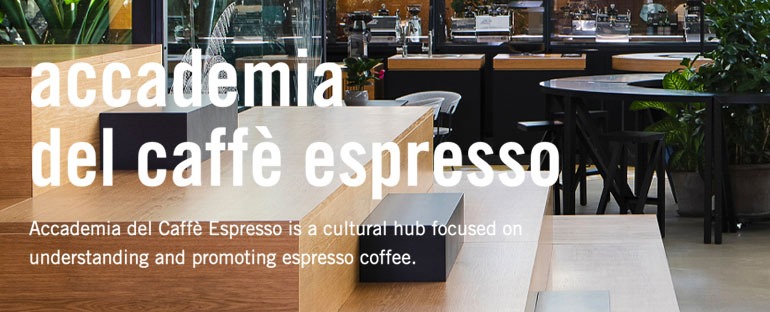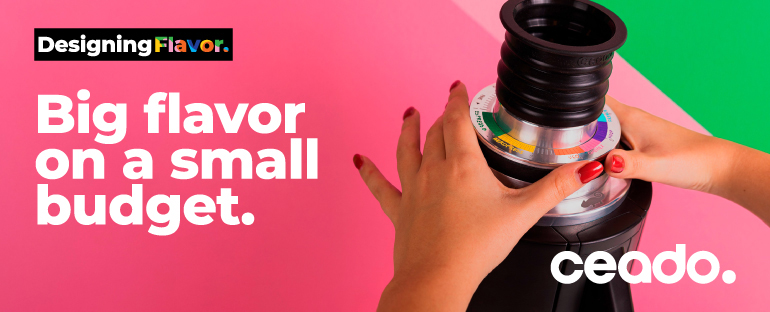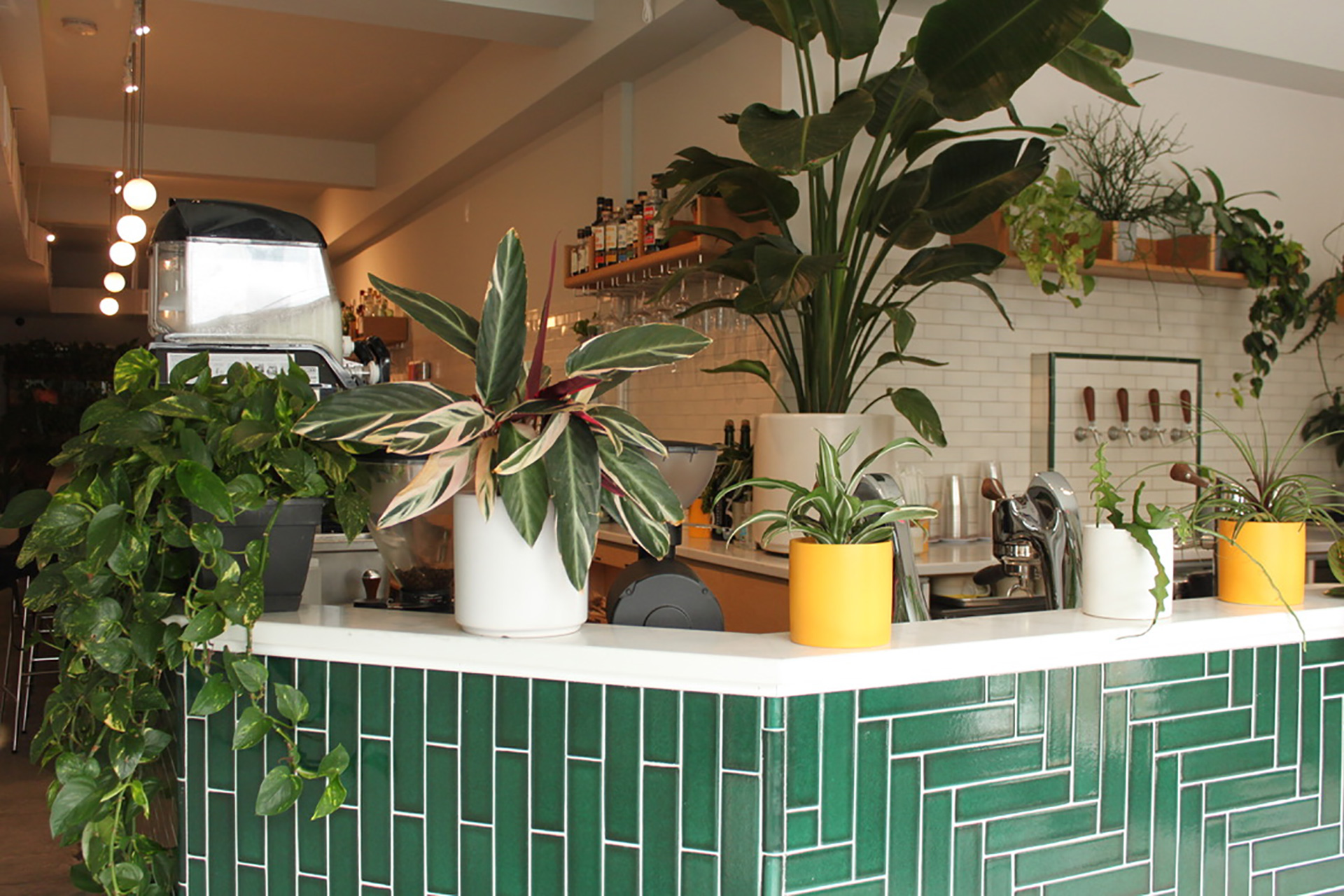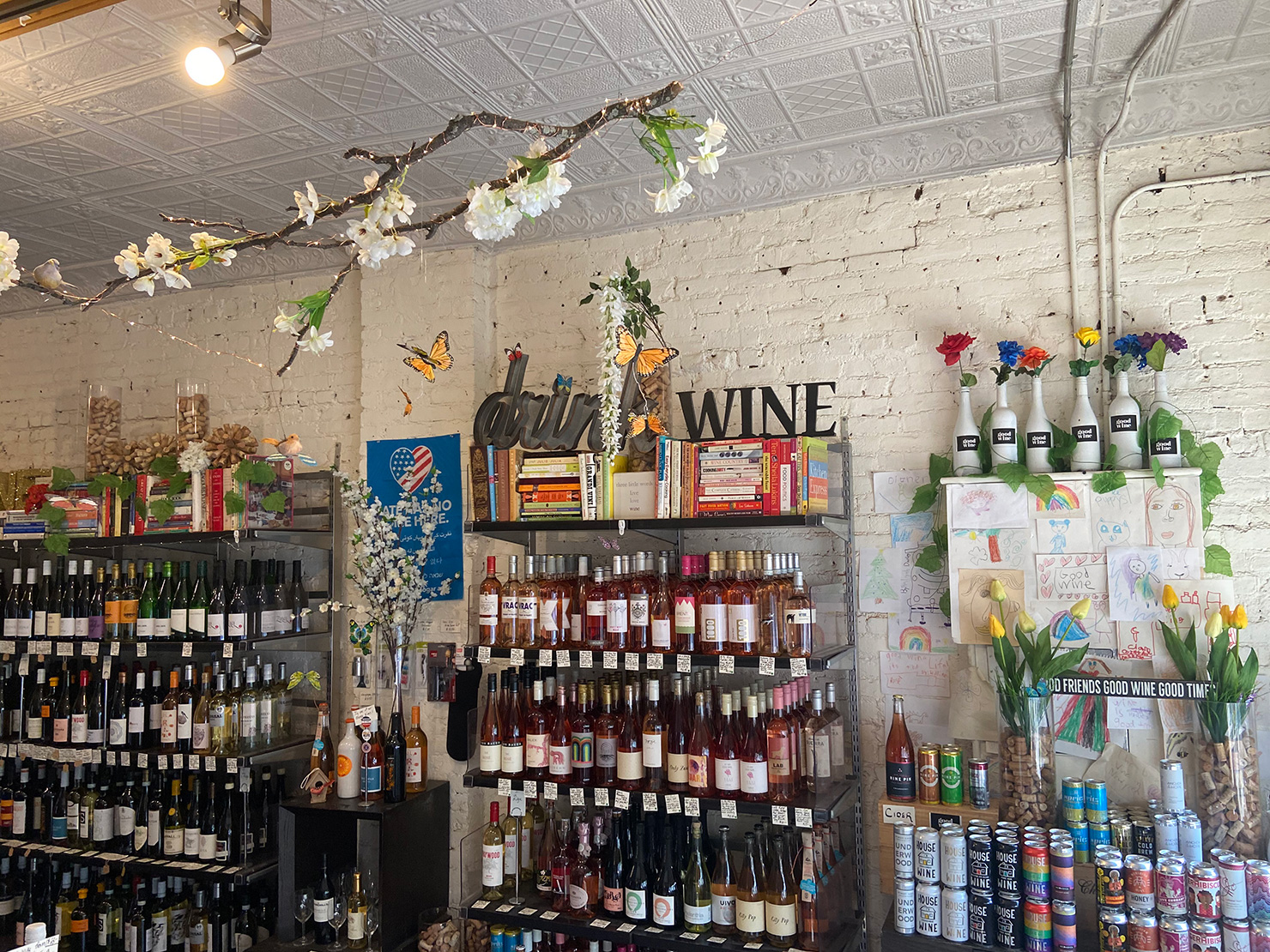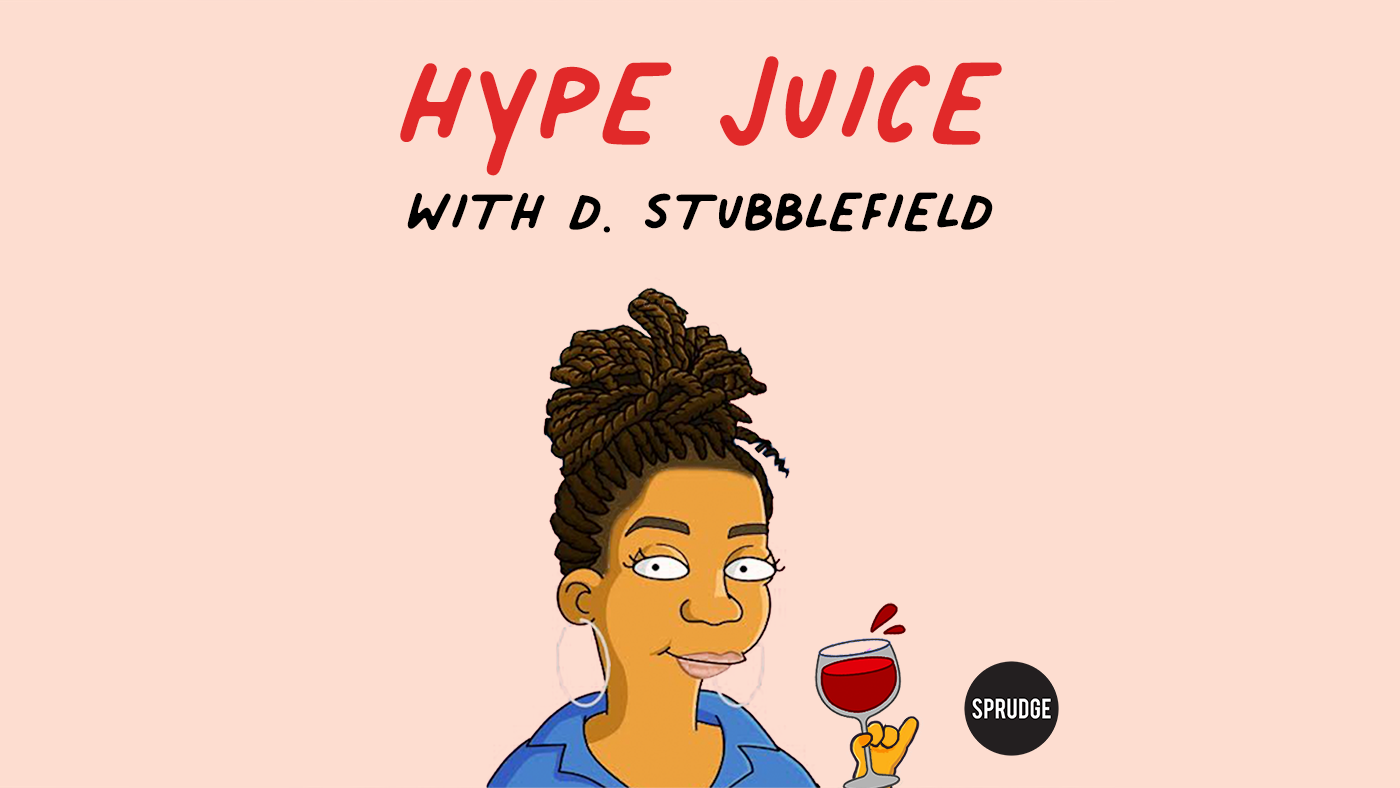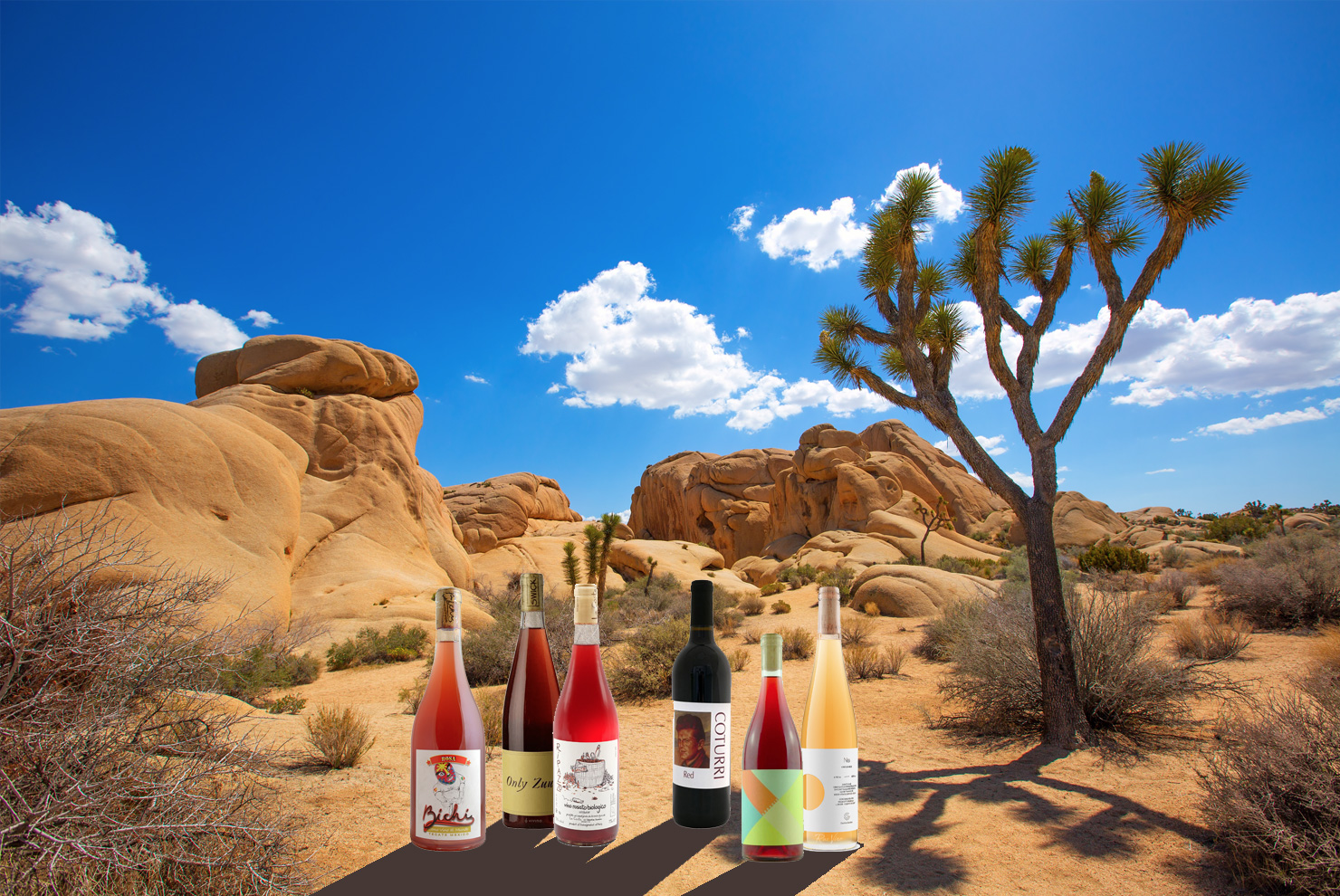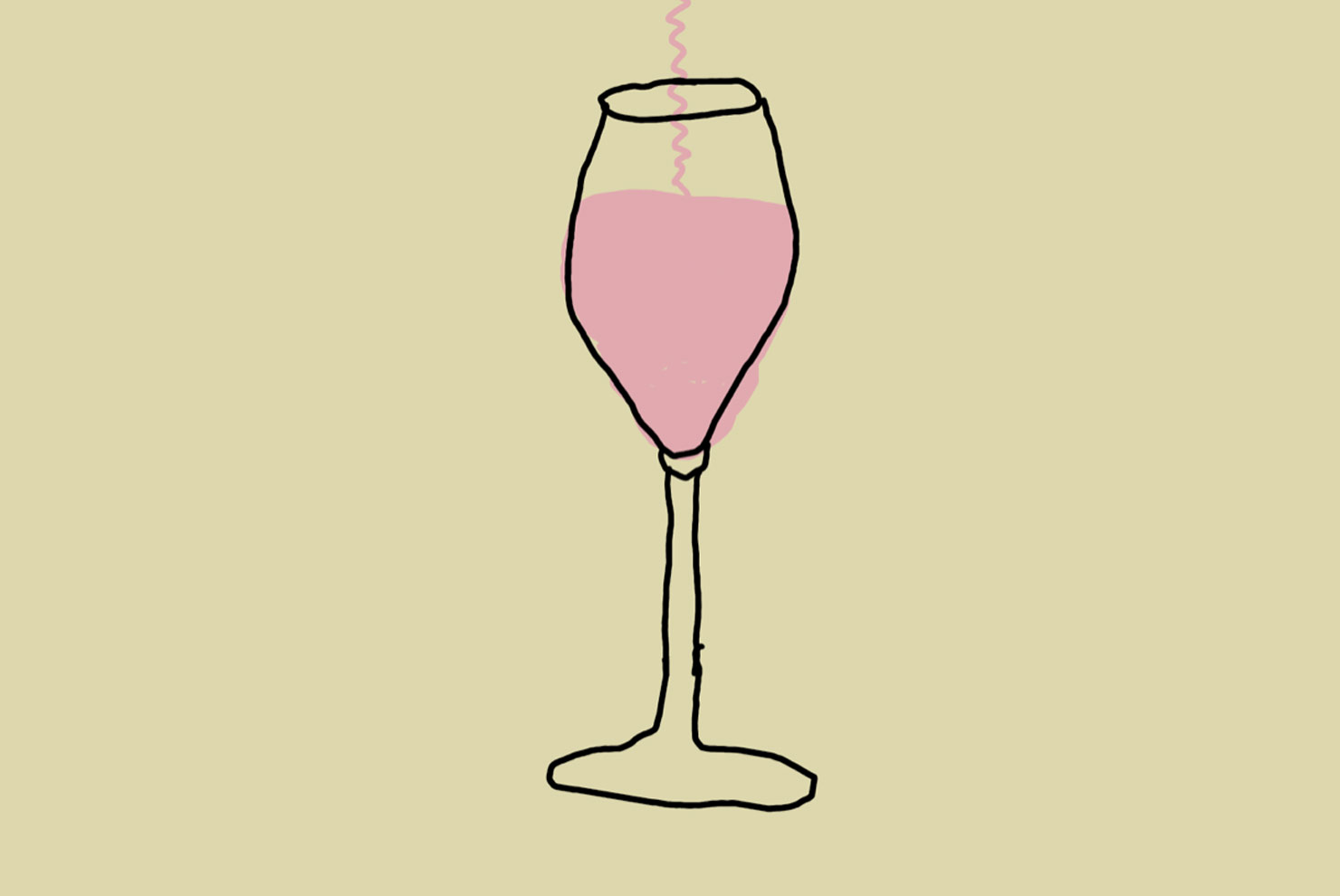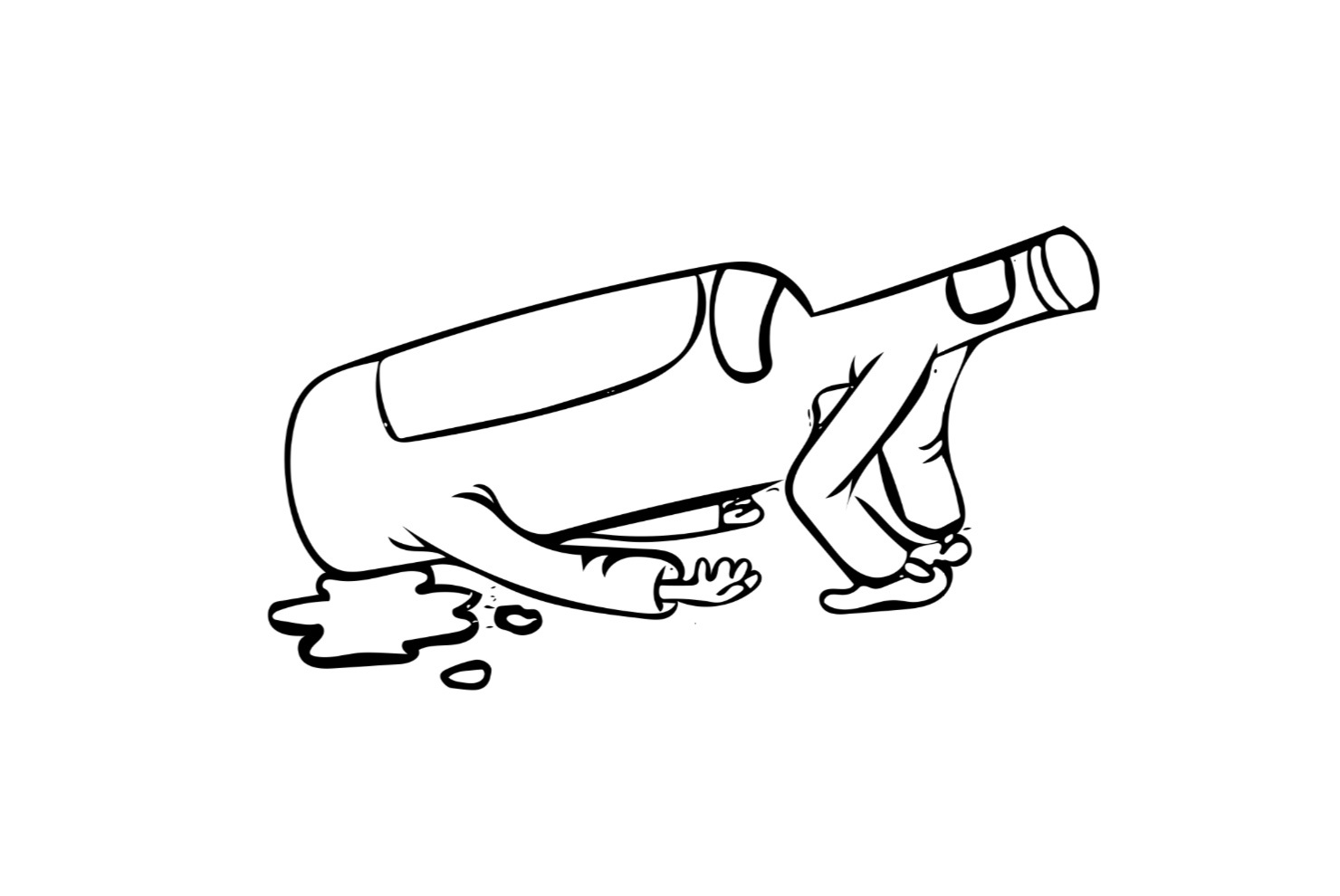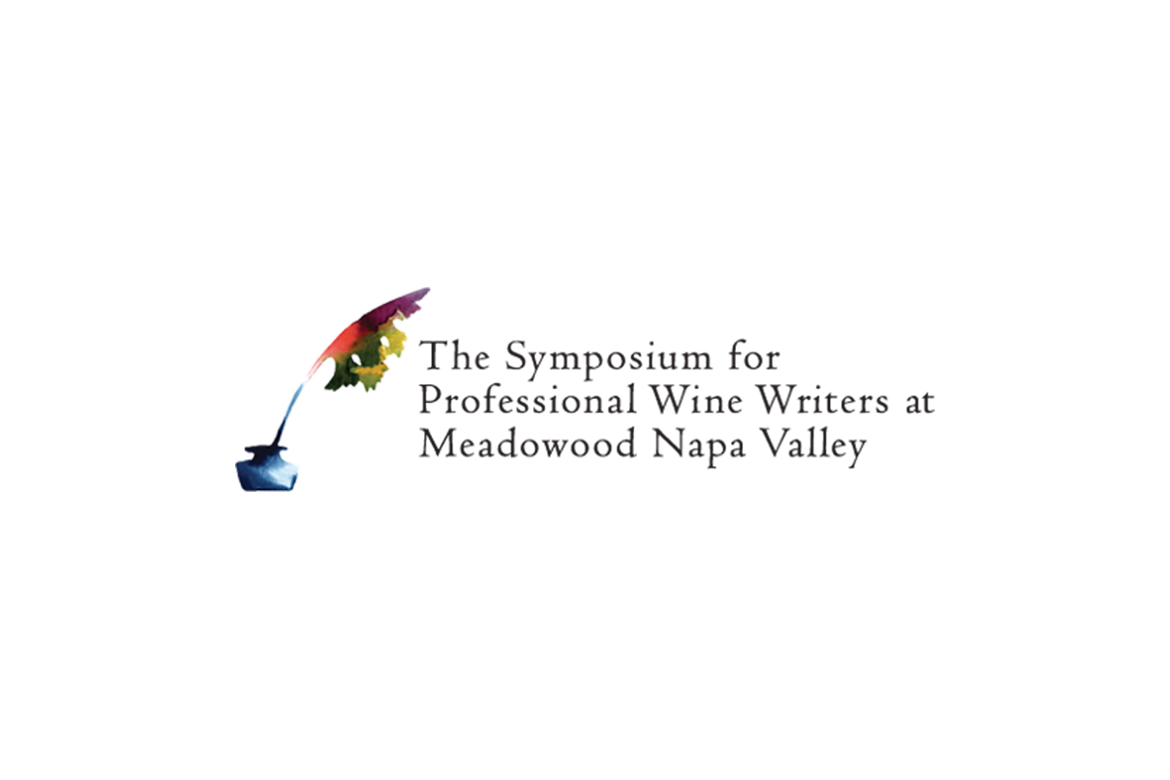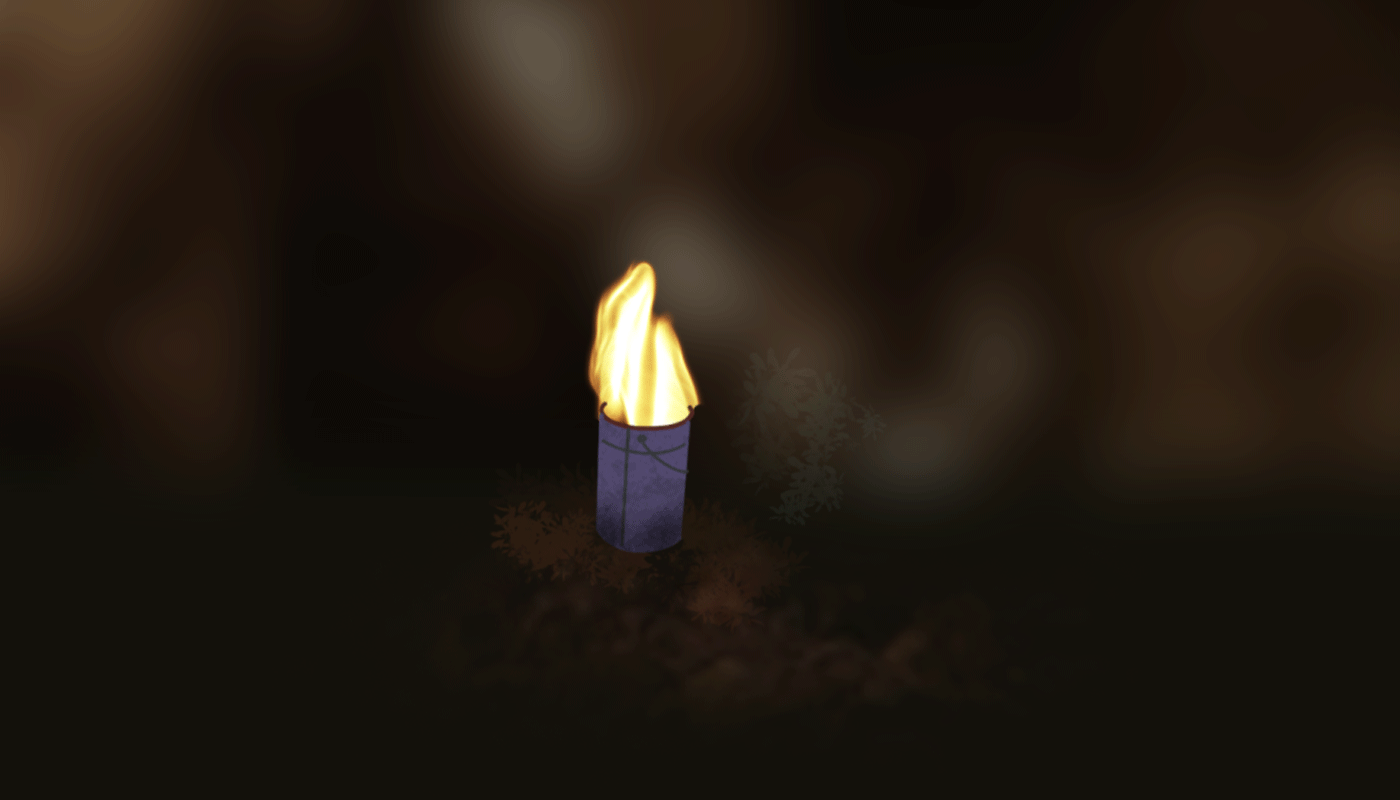I came in looking for a coffee and some brioche, but found so much more at Milan’s Tipografia Alimentare, an utterly Italian exhibition of small production natural wine and adventurous vegetarian food. And to think it started so innocently…
Tipografia Alimentare‘s founder, Carla de Girolamo, was the first to greet me at the reduced countertop adorned with fruit tortes and mixed breakfast pastries. After ordering an apricot brioche and cappuccino, I was mesmerized by the shelves stacked on shelves of preserves, spirits, typewriters, Slow Food Editore guides to regional goat cheeses and every book on wine that I had previously scoured for on the internet. With coffee in hand, my attention meandered through the shop to the shelf with a perfectly condensed and excellent selection of natural wines. From Brutal to Radikon, the options outlined many expectations but thoroughly represented a realm of refined small producers like Ca del Conte from an hour north, and Castello di Stefanago from an hour south. My focus was set on the seven choices of wines by Gianfranco Manca of Panevino, including the four different options of Sardinian indigenous single grape varietals that make up his red field blend, “Boxi’e e Croxiu” (€25).

About an hour passed of second-language struggling through newspaper articles about the Italian election when Martina Miccione, whom had been bustling all morning organizing wine bottles, approached me with a new menu hot-off-the-press to see if I’d be able to join them for lunch to “taste some good food and wine.” How could I possibly resist?

She suggested the succulent table rosato of La Villana (€5): a blend of Aleatico and Sangiovese made by Joy Kull, whom had originally relocated to Lazio from New York to intern with the vanguard winemakers of Le Coste, but stayed in the area and made wine from her own vineyard. Co-owners Miccione and Chef Mattia Angius first encountered Kull last year at Live Wine Fair, fell instantly in love with her playful wines and reserved 100 bottles in advance. The rosato is currently the only house wine as the rest of the menu rotates every few days because they intentionally purchase a case or two of each selection at a time to keep the list rotating.

Something that I took away from Angius’s cooking is the future of Italian vegetables are safe in his hands, and what I tasted that day was some of the most deliciously creative vegetarian food I’ve tried. First to make the table was the “Crostone di Sebastiano” (broccoli pate with pepperoncini on toast with olive oil drizzled atop), then followed by the “Ensalata di Generoso” (pickled cabbage and citrus with sun-dried tomatoes and capers). They were all incredibly delicious, but the most palate-enticing was a fresh tagliatelle made from celeriac complemented with cream of Jerusalem artichoke and bottarga of muggine (mullet).
The dishes were innately Italian, but Angius’s kitchen experience in Denmark was a clear inspiration. “Acidity is something that we are always excited about and seeking when developing the menu, and this makes our approach to Italian food and wine unique,” explains Angius. “But something we have to keep in mind is that we aren’t in Copenhagen anymore, and we have to embrace the coziness in food that Italians are addicted to, myself included.”

This same logic goes into how Miccione sources for the wine list. “We don’t communicate that our entire menu is made up of natural wines, unless someone asks of course,” she tells me. “We have some crunchy options but our selection is balanced and approachable and not off-the-charts in acidity. Natural wine lovers know where we are, but publicly distinguishing our wine as not conventional has the potential to scare some guests away.”
During their final semesters at the University of Gastronomic Sciences in Bra, Piemonte (AKA “Slow Food University”), Miccione met Angius outside of a pub where she was working. The two met cute when Martina, ever the organizer, came to Mattias’ rescue and saved him from the police, under whose custody he had briefly fallen due to some drunken horseplay. They later fell in love and decided to food scout all throughout Europe with the prospect of starting a business together. When Girolamo, Miccione’s mother, retired after a 20-year career in journalism, they decided it was time to bring the dream to life.
Many of their international friends from the university relocated to Milan after graduating, for one reason or another, and today Tipografia offers a place where they can all reconnect and share ideas, making it a sort of de facto slow food research community hub of Milan. It is a collection of fascinating personalities, a highly enjoyable milieu in which to drink wine. It was my pleasure to join the family table with them to share a few choice bottles, charcuterie boards, and pickle plates.

Our first bottle was the Sankt Anna by “In Der Eben” (€7 a glass), one of the only biodynamic vineyards of Bolzano in Südtirol. Sounds German, I know, but Bolzano is in the Italian Dolomites, where the road signs are in both Italian and German and strudel and speck on top priority. The thick, ruby color and smokiness on the nose were both offset with a light elegant body and subtle roasting notes of roasting herbs.
While waiting for a producer tasting to start—every Thursday at 7:30—we cracked open another highlight, a vivacious bottle of Bonarda called “El Matt” (€6 a glass) by the wild one himself, Daniele Ricci. From there, a full half-day after arriving just for coffee, I moved to the back room to join a vertical tasting of sparkling Malvasia vintages with the energetic Marco Pecorari of San Lurins.

None of this was exclusive, mind you, or pre-arranged. You, too, can join the fun at Tipografia Alimentare. All you have to do is show up on Thursday, order a cappuccino, and start asking questions. From there I suggest you prepare yourself for a whole day of gastronomic delight with new friends. It sounds too good to be true, but it happened to me, and I’m living proof. Like most things in Milan, it all starts with a coffee and brioche.
Alexander Gable (@mrgable) is a freelance journalist based in Milan.






